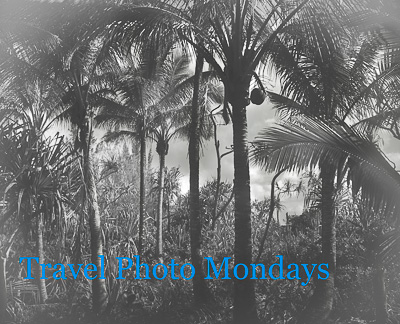Travel Photo Monday
May 2009 - Beijing China
I posted some photos earlier this week (out of sequence) that have inspired me to look back at our trip to China.
Boarding our river cruise.
Laundry Day
Signs
Arriving in Beijing
Boarding our river cruise.
Laundry Day
Signs
Arriving in Beijing
After visiting Tiananmen Square we walked over to the Forbidden City. There are no words to describe how beautiful this is.
The Forbidden City was the Chinese imperial palace from the Ming dynasty to the end of the Qing dynasty. It is located in the center of Beijing, China, and now houses the Palace Museum. For almost 500 years, it served as the home of emperors and their households, as well as the ceremonial and political center of Chinese government.
Requisite tourist photo! Standing outside the Hall of Supreme Harmony.
The Hall of Supreme Harmony is the largest, and rises some 30 metres (98 ft) above the level of the surrounding square. It is the ceremonial centre of imperial power, and the largest surviving wooden structure in China. It is nine bays wide and five bays deep, the numbers 9 and 5 being symbolically connected to the majesty of the Emperor.] Set into the ceiling at the centre of the hall is an intricate caisson decorated with a coiled dragon, from the mouth of which issues a chandelier-like set of metal balls, called the "Xuanyuan Mirror". In the Ming dynasty, the Emperor held court here to discuss affairs of state. During the Qing dynasty, as Emperors held court far more frequently, a less ceremonious location was used instead, and the Hall of Supreme Harmony was only used for ceremonial purposes, such as coronations, investitures, and imperial weddings.
People watching is the best!
Incredible details everywhere.



.JPG)
.JPG)

.JPG)
.JPG)
.JPG)
.JPG)
.JPG)
.JPG)
.JPG)
.JPG)
.JPG)
.JPG)
.JPG)
.JPG)
.JPG)
.JPG)
.JPG)
.JPG)
.JPG)
.JPG)
.JPG)
.JPG)
.JPG)
.JPG)
.JPG)
.jpg)
.jpg)
.JPG)

Stunning shots!
ReplyDelete